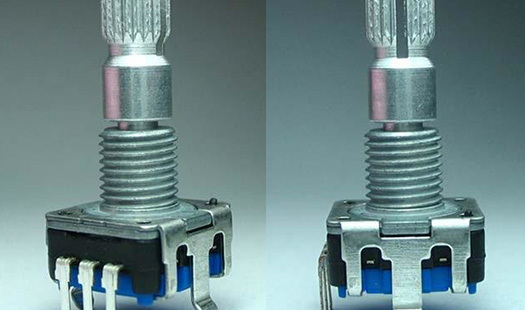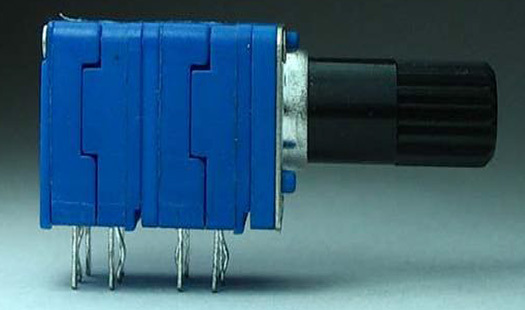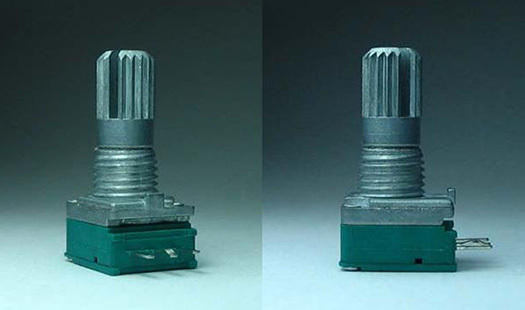The Versatile World of Rotary Switches: A Comprehensive Guide
May 09,2025
Understanding the Rotary Switch
Ever found yourself fumbling for the right setting on a device? That’s where the rotary switch comes into play, making our lives easier and gadgets more user-friendly. A rotary switch is essentially a type of electrical switch that allows you to select between multiple circuits or functions by rotating a knob or lever. Pretty nifty, huh?
The Anatomy of a Rotary Switch
So, what’s under the hood of this versatile device? A rotary switch typically consists of a knob, a shaft, and a series of contacts. As you twist that knob, it connects to different contacts, enabling various electrical paths. This mechanism is what makes it so popular in everything from kitchen appliances to sophisticated industrial machines.
Types of Rotary Switches
Now, let’s break it down. There are several types of rotary switches, each designed for specific applications:
- Single Pole Rotary Switch: This one controls a single circuit. Think of it as the basic model, commonly found in household lamps.
- Multi-Position Rotary Switch: Need to choose between several options? This switch allows you to toggle through multiple settings, like on a fan with different speed settings.
- Cam Rotary Switch: Often used in industrial applications, these switches provide a sturdy design that can withstand heavy usage.
Where Are They Used?
Rotary switches are everywhere! You’ll find them in:
- Home Appliances: From your coffee maker to your washing machine, rotary switches make it easy to select your desired settings.
- Automobiles: Think about the dashboard controls; those knobs you turn to adjust the temperature or volume? Yep, you guessed it—rotary switches!
- Industrial Equipment: Heavy machinery often relies on robust rotary switches for reliable, long-lasting operation.
Benefits of Using Rotary Switches
So, why choose a rotary switch over other types of switches? Here are a few perks:
- Ease of Use: The intuitive design allows for quick and easy adjustments.
- Durability: Many rotary switches are built to last, making them perfect for high-traffic areas.
- Versatility: They can be used in a variety of applications, from residential to commercial and industrial settings.
Installation Tips
Alright, let’s talk installation. If you're planning to install a rotary switch yourself, here are a few tips to keep in mind:
- Safety First: Always disconnect power before starting any electrical work—better safe than sorry!
- Follow the Instructions: Every switch comes with a manual. Don’t skip it! You’ll save yourself a headache later.
- Test the Connections: Once installed, double-check to ensure everything is wired correctly before powering it up.
Maintenance Matters
Just like any device, rotary switches need a little TLC now and then. Make sure to periodically check for dust and debris, as these can affect performance. A quick wipe with a damp cloth can do wonders!
Final Thoughts
In a nutshell, rotary switches are a fantastic addition to our gadgets, making them intuitive and user-friendly. Whether you're adjusting the settings on your favorite appliance or controlling heavy machinery, these switches play a vital role. So the next time you turn a knob, give a little nod to the clever engineering behind the rotary switch!
And there you have it: a comprehensive overview of rotary switches! Who knew a simple twist could be so impactful?
PREVIOUS:
More Information
More Information
RECOMMENDED










